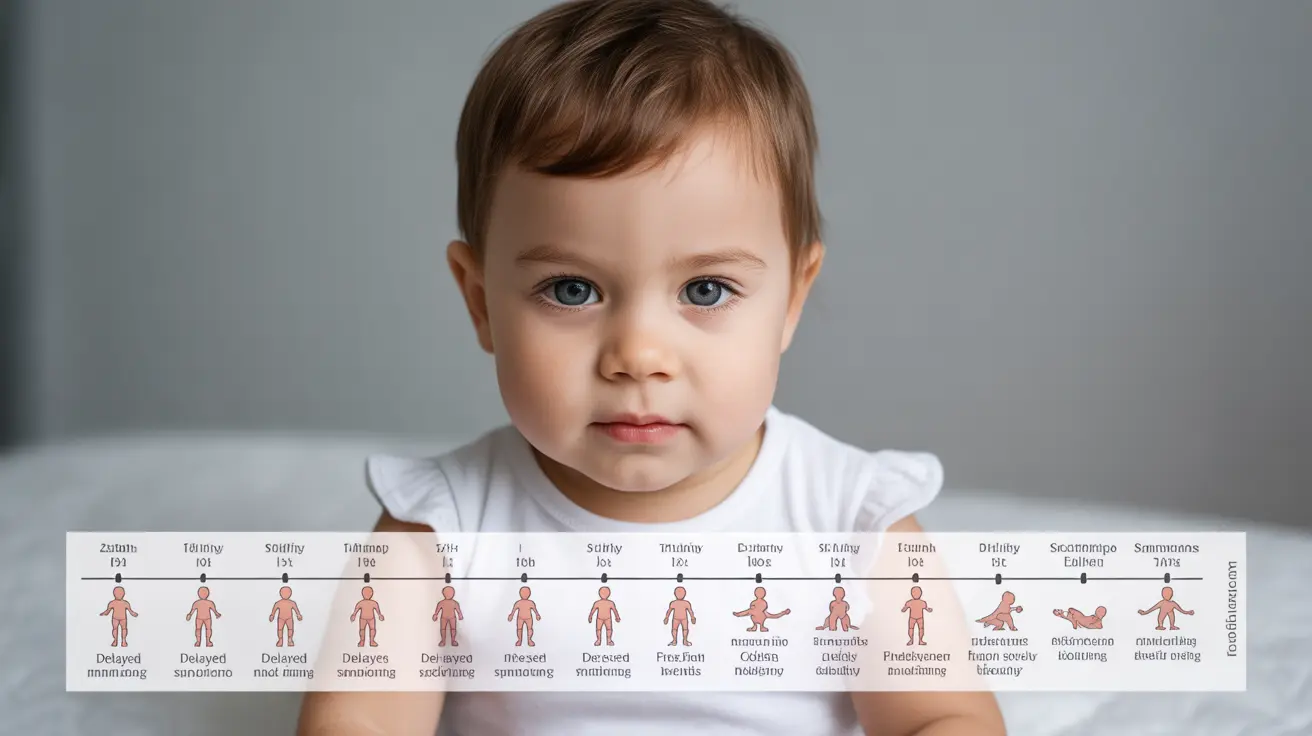Sanfilippo syndrome is a rare genetic disorder that affects young children, typically becoming apparent during early childhood. Understanding the early signs and progression of this condition is crucial for parents and caregivers to ensure timely diagnosis and appropriate care for affected babies and toddlers.
This comprehensive guide will explore the key symptoms, developmental impacts, and management options for children with Sanfilippo syndrome, helping families navigate this challenging diagnosis with knowledge and understanding.
Early Warning Signs in Babies and Toddlers
The initial symptoms of Sanfilippo syndrome often appear subtle and may be mistaken for typical developmental variations. Common early indicators include:
- Delayed speech development
- Frequent ear infections
- Persistent respiratory infections
- Mild facial features changes
- Sleep difficulties
- Delayed motor skill development
Parents might notice these signs between ages 2 and 6, though some symptoms can appear earlier. It's important to track any developmental concerns and discuss them with healthcare providers promptly.
Developmental Impact and Progression
Sanfilippo syndrome significantly affects a child's development across multiple areas:
Cognitive Development
Children typically experience progressive cognitive decline, which may begin with subtle learning difficulties and gradually become more pronounced. Early intervention with educational support is crucial during this phase.
Behavioral Changes
As the condition progresses, families often notice distinct behavioral changes, including:
- Hyperactivity
- Difficulty focusing
- Sleep disturbances
- Decreased attention span
- Challenging behaviors during daily activities
Physical Development
Physical manifestations become more apparent over time, affecting various aspects of the child's growth and mobility:
- Coarse facial features
- Thick hair
- Joint stiffness
- Balance difficulties
- Changes in walking patterns
Diagnosis Process
Diagnosing Sanfilippo syndrome involves several steps and specialized testing:
- Genetic testing
- Enzyme activity analysis
- Urinary GAG (glycosaminoglycan) testing
- Clinical evaluation
- Development assessment
Early diagnosis is crucial for implementing appropriate support and management strategies, though reaching a definitive diagnosis can take time due to the condition's rarity and varying presentation.
Treatment and Management Approaches
While there is currently no cure for Sanfilippo syndrome, various management strategies can help support affected children:
Medical Management
- Regular medical monitoring
- Symptom management
- Physical therapy
- Occupational therapy
- Speech therapy
Supportive Care
Comprehensive care plans typically include:
- Educational support services
- Behavioral management strategies
- Sleep management techniques
- Physical activity modifications
- Family support services
Frequently Asked Questions
What are the first symptoms of Sanfilippo syndrome in babies and toddlers?
The first symptoms typically include delayed speech development, frequent infections, mild facial feature changes, and developmental delays. Sleep problems and behavioral changes may also be early indicators.
How does Sanfilippo syndrome affect a child's development and behavior over time?
The condition causes progressive cognitive decline, increasing behavioral challenges, and physical changes. Children may experience hyperactivity, sleep disturbances, and gradual loss of previously acquired skills.
What physical features and signs might indicate Sanfilippo syndrome in young children?
Key physical signs include coarse facial features, thick hair, joint stiffness, and changes in mobility. Children may also show delayed growth patterns and experience recurring respiratory infections.
How is Sanfilippo syndrome diagnosed in babies and young children?
Diagnosis involves genetic testing, enzyme activity analysis, urinary GAG testing, and comprehensive clinical evaluations. The process often requires assessment by multiple specialists due to the condition's complexity.
What treatment and management options are available for children with Sanfilippo syndrome?
While there's no cure, management options include physical therapy, occupational therapy, speech therapy, and supportive care services. Treatment focuses on symptom management and maintaining quality of life through various therapeutic approaches.




